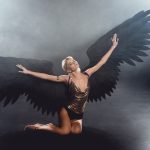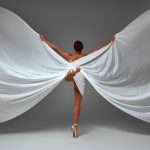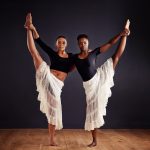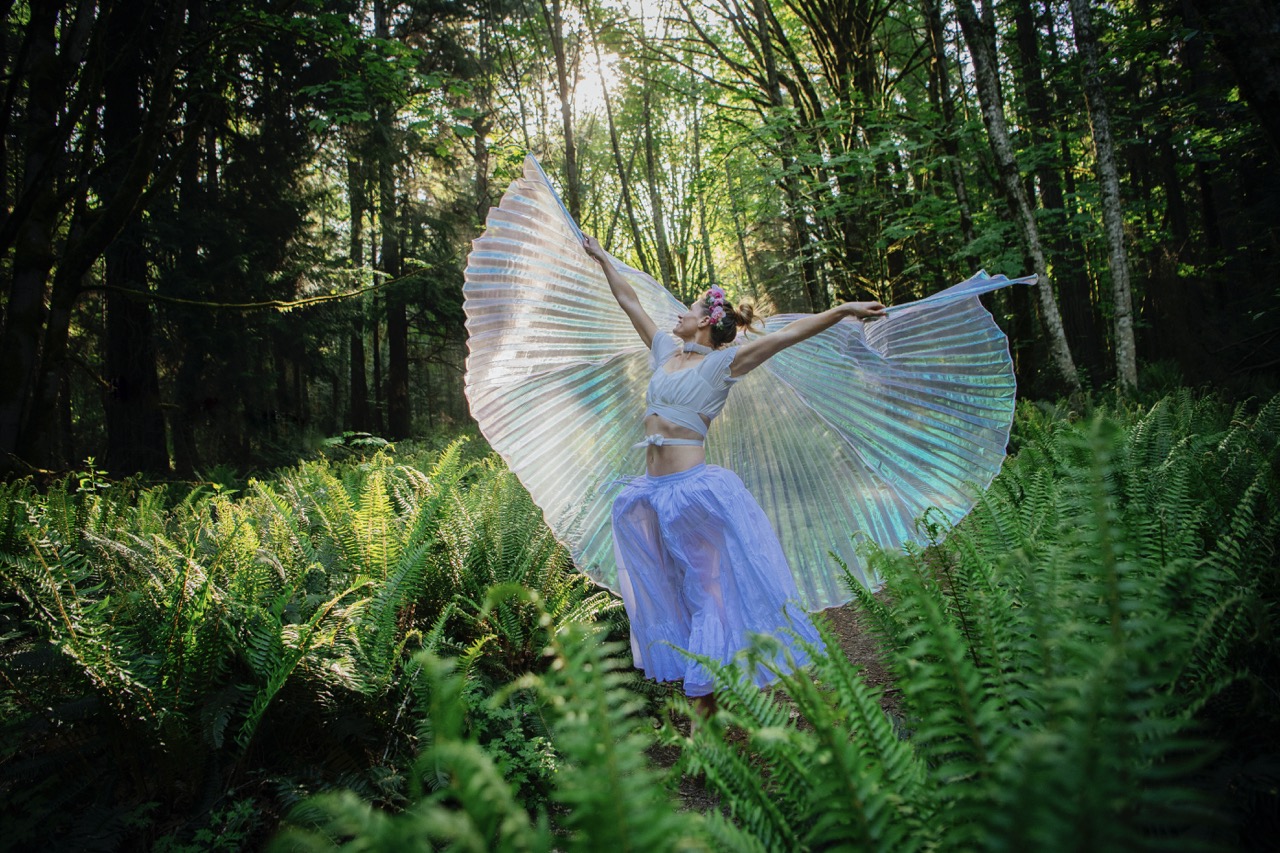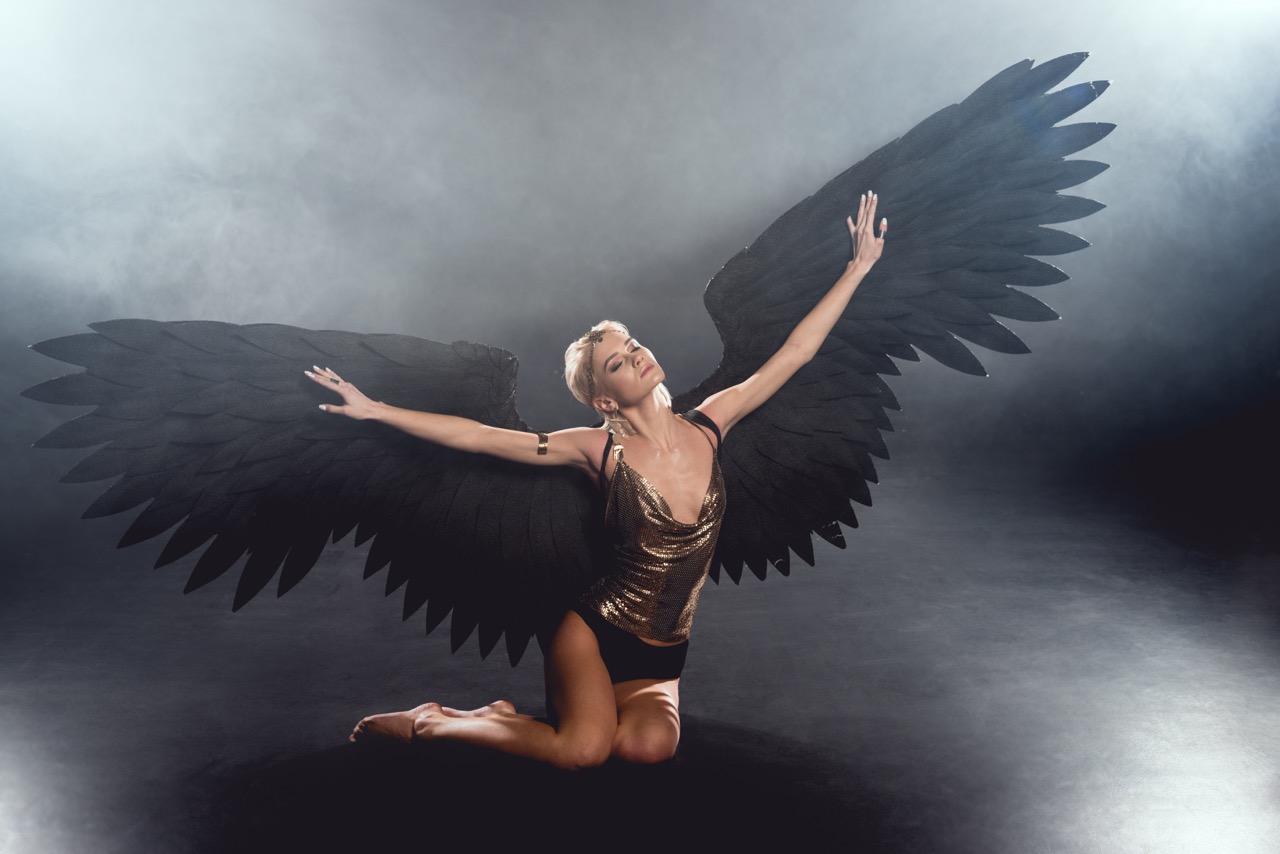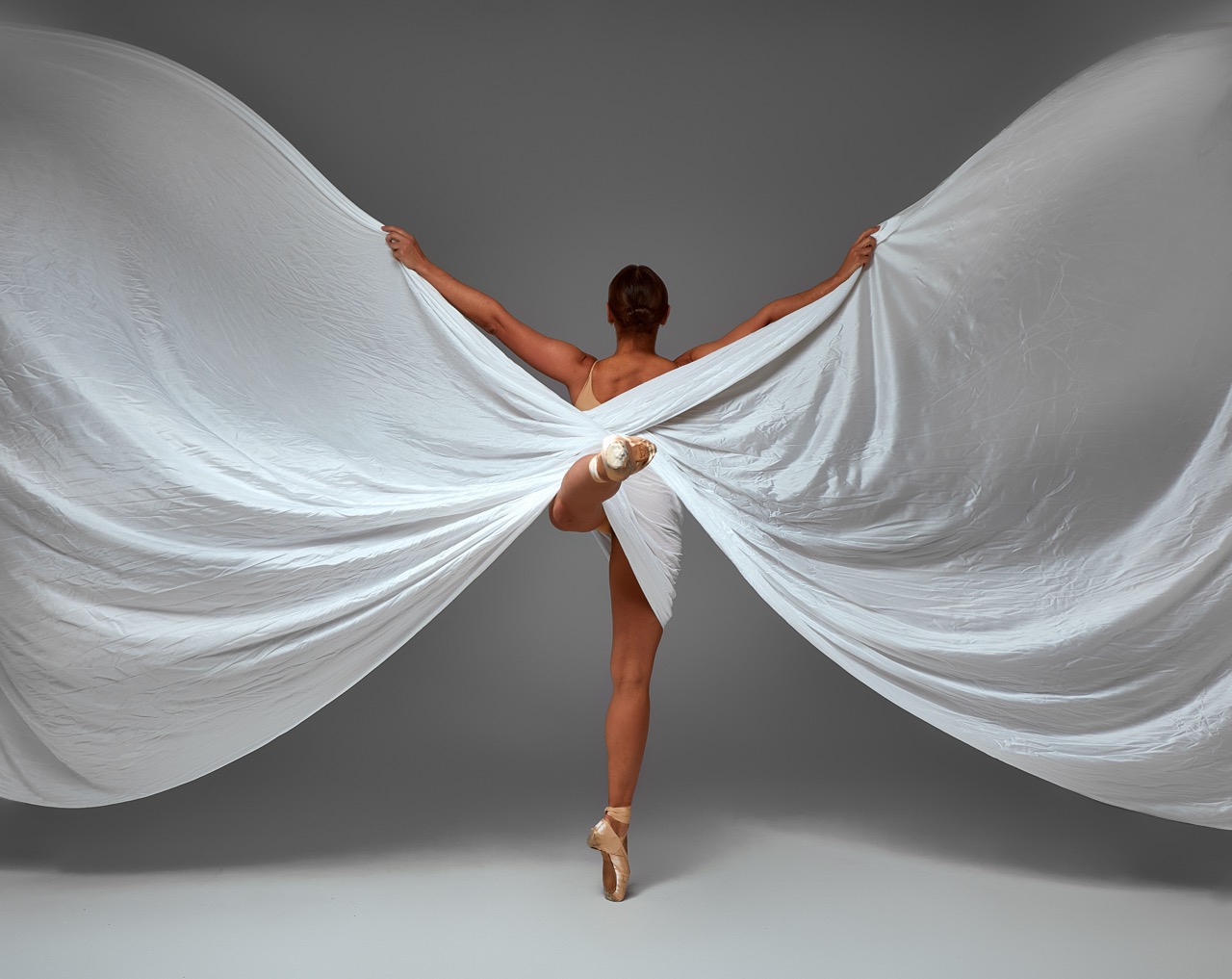In the world of dance, the pursuit of innovation has always been intertwined with artistry. The emergence of motion capture technology is revolutionizing this dynamic field, offering new avenues for creativity and precision. As dancers and choreographers explore the intersection of technology and movement, they are discovering ways to enhance their craft, pushing the boundaries of what is possible in dance. This article delves into how motion capture technology is transforming choreography, bridging the gap between artistic expression and data-driven insights.
Revolutionizing Dance: The Rise of Motion Capture Tech
Motion capture technology, once the domain of the film and gaming industries, has found its way into the realm of dance, creating a paradigm shift in choreography. At its core, motion capture involves recording the movements of dancers and translating these movements into a digital format. By using specialized cameras and sensors, choreographers can analyze every nuance of movement, providing a level of detail previously unachievable. This technology allows for a deeper understanding of the mechanics of dance, enabling choreographers to create pieces that are not only aesthetically pleasing but also physically sound.
The integration of motion capture in dance has democratized the choreographic process. Previously, choreographers relied heavily on their instincts and physical demonstrations to communicate their vision. Now, they can utilize the data generated by motion capture to refine their work. This has led to increased collaboration, as dancers can visualize the choreography in a virtual space, allowing for real-time adjustments and enhancements. As a result, emergent styles and techniques are rapidly evolving, fostering a culture of experimentation within contemporary dance.
Moreover, the rise of motion capture technology has made dance more accessible to a broader audience. With the ability to capture and share data online, choreographers can reach international audiences, showcasing their work through virtual performances and interactive installations. This expanded reach not only fosters global appreciation for dance but also attracts new talent to the field. As the technology continues to advance, its potential applications in dance are limitless, heralding a new era of innovation and creativity.
Beyond the Stage: Enhancing Choreography with Data
Motion capture technology extends beyond mere performance recording; it serves as a powerful tool for enhancing choreography through data analysis. By quantifying movement patterns, choreographers can identify strengths and weaknesses in their dancers, leading to targeted training and improvement. This data-driven approach allows for a more personalized experience, where dancers can work on specific areas of their technique, ultimately elevating the quality of performance.
Additionally, the ability to analyze movement from various angles provides choreographers with insights into how their work translates in three-dimensional space. They can experiment with formations, transitions, and spacing in ways that would be challenging to visualize in a traditional rehearsal setting. This opens the door to more intricate and complex choreography, as creators can manipulate and refine their ideas before bringing them to life on stage. The shift from intuition-based to data-informed choreography is proving to be a game-changer in the world of dance.
Furthermore, the data captured can be used for generative choreography, where algorithms analyze the movements and create new, unexpected sequences. This fusion of technology and creativity allows for a continuous cycle of inspiration, enabling choreographers to break free from conventional patterns and explore innovative pathways. By embracing this synthesis of data and artistry, the dance community is fostering an environment where creativity flourishes.
Capturing Grace: The Art and Science of Motion Analysis
Motion capture technology is a fascinating convergence of art and science, capturing the grace and beauty of dance while providing a rigorous analytical framework. The process begins with dancers donning suits embedded with markers, which provide precise data on their movements. These movements are translated into digital representations, allowing choreographers to dissect each element of the performance—timing, speed, and fluidity—down to the minute detail. This intricate analysis empowers choreographers to make informed decisions about their work while preserving the artistic integrity of the dance.
Furthermore, motion analysis can highlight the subtleties of kinetic expression that might go unnoticed in traditional rehearsals. By examining the data, choreographers can pinpoint specific movements that evoke emotion or convey meaning, enhancing the overall impact of the performance. This blend of artistic vision and scientific rigor enriches the choreographic process, ensuring that the final product resonates with audiences on multiple levels.
As this technology evolves, the potential for enhanced storytelling through dance becomes increasingly tangible. By integrating motion capture with other technologies, such as augmented reality or virtual reality, choreographers can create immersive experiences that engage audiences in new and exciting ways. The art of dance is not just about the movements, but about the stories we tell through those movements. With the help of motion capture, the narrative dimensions of dance are expanding, inviting viewers to experience performances in ways that transcend traditional boundaries.
Future of Dance: How Technology Shapes Choreographic Vision
As motion capture technology continues to advance, its influence on the future of dance choreography is becoming more pronounced. Emerging trends suggest that technological innovations will not only enhance the creative process but will fundamentally reshape how dance is conceived, performed, and experienced. Choreographers are beginning to see technology as a collaborator rather than just a tool, unlocking new dimensions of creativity that were previously unimaginable.
The future may also see greater integration of artificial intelligence in choreography, where algorithms can suggest movement combinations or even create original dance sequences based on established styles. This fusion of human intuition and machine learning presents an exciting frontier for choreographers, allowing them to explore new artistic landscapes. Additionally, the accessibility of motion capture technology is paving the way for a new generation of choreographers from diverse backgrounds, each bringing unique perspectives that enrich the dance community.
Moreover, as audiences become more accustomed to technology-enhanced performances, there is a growing expectation for multi-sensory experiences. Choreographers are likely to incorporate more interactive elements, using motion capture to allow audiences to influence or participate in the performance. This evolution signals a shift in the traditional performer-audience dynamic, creating a more immersive and participatory experience that challenges conventional notions of dance. The future of dance is bright, as technology continues to inspire and innovate, shaping the choreographic vision for generations to come.
The integration of motion capture technology into the world of dance is a testament to the ever-evolving nature of artistic expression. As choreographers harness the power of data to refine their craft, the boundaries of creativity are expanding. This fusion of art and technology not only enhances the choreographic process but also deepens the connection between performers and audiences. As we look to the future, it is clear that motion capture will continue to play a crucial role in shaping the dance landscape, inviting us all to engage with this beautiful art form in new and transformative ways.

